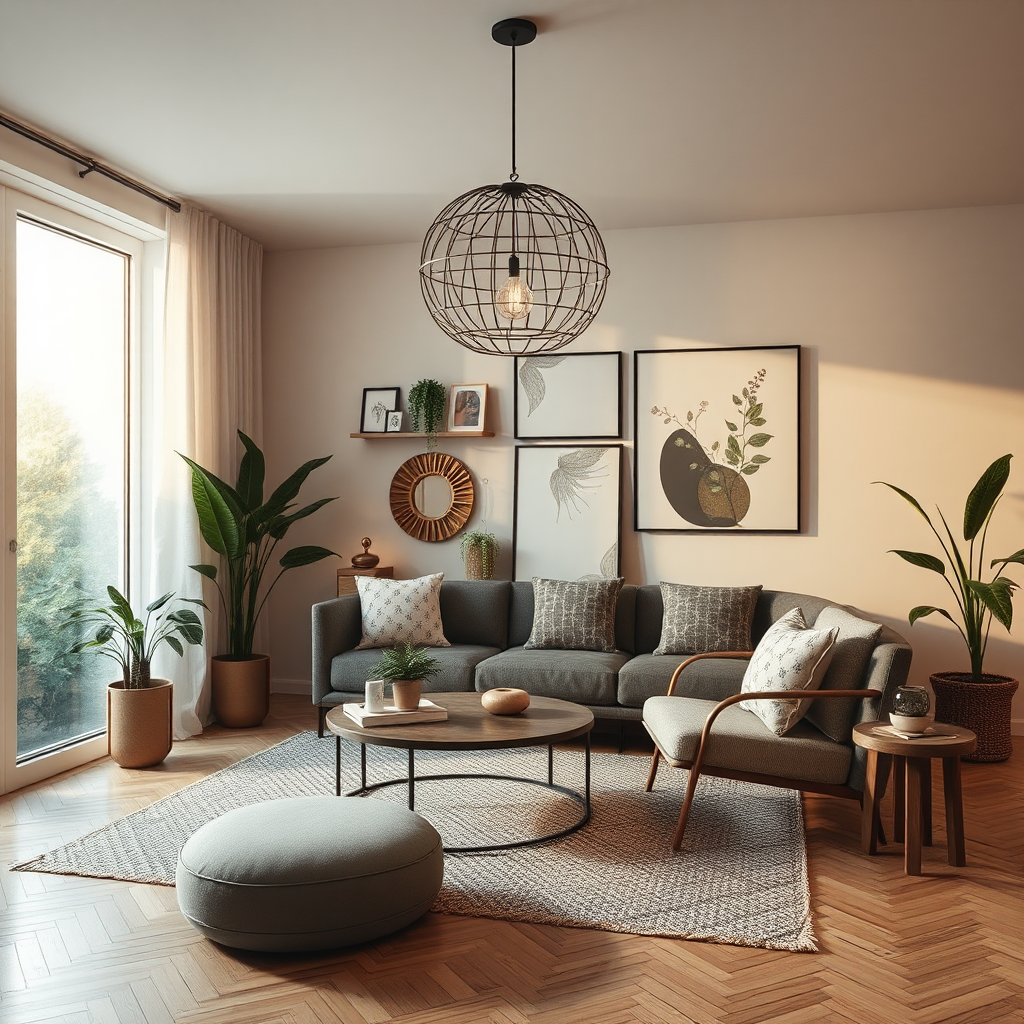
Resources
Prompt
Creating an aesthetic interior design video requires careful planning, from visuals to music, to convey the atmosphere and beauty of a well-curated space. Here’s a step-by-step guide for crafting the perfect aesthetic interior design video: 1. Concept & Storyboard: Theme: Choose an overarching theme or mood for the video. Some ideas could include: • Minimalist Modern • Cozy Bohemian • Scandinavian Chic • Industrial Elegance • Nature-Inspired Tranquility Storyboard: Plan your shots by imagining how you want the viewer to experience the space. For example: • Start with wide shots of the room to showcase the overall vibe. • Transition to close-ups of details (textures, furniture, art, plants). • Include movement: slow pans or zooms to create a sense of flow. 2. Set the Scene: Lighting: • Natural light is key for aesthetic shots. Capture the warmth of sunlight streaming through windows, or soft, ambient light in the evening. • If shooting indoors without enough natural light, use soft artificial lights (such as LED strips or diffused lamps) to create a cozy atmosphere. • Golden hour shots can give your video a dreamy, magical touch. Styling: • Declutter the space to allow the design elements to shine. Only keep key items that add to the aesthetic of the space (plants, vases, art, books). • Add personal touches, such as textured throws, decorative pillows, and candles, which enhance the coziness and warmth of the room. 3. Cinematic Filming Techniques: Camera Angles: • Wide shots: Start with sweeping, wide-angle shots to showcase the entire room or home, focusing on the flow between spaces. • Close-ups: Use close-ups to highlight textures (e.g., a luxurious fabric, wood grain, intricate lighting fixtures, or detailed decor pieces). • Transitions: Smooth transitions between scenes can be done using cross-fades or slow zoom-ins. This keeps the flow relaxed and seamless. • Tracking shots: Use smooth, slow-moving shots as the camera moves along the room, creating a sense of exploration and discovery. Camera Equipment: • A gimbal or stabilizer for smooth tracking shots. • A DSLR or mirrorless camera with a wide aperture (for bokeh and depth of field). • A tripod for steady, static shots, especially in tight spaces. • If you have a drone, aerial shots can add a stunning perspective. 4. Music & Sound Design: Choose ambient, instrumental music that complements the vibe of the space. Some ideas: • Soft piano or acoustic music for a calm, minimalist feel. • Dreamy electronic music with slow beats for a more modern or industrial aesthetic. • Light jazz or bossa nova for a cozy, vintage vibe. • Nature sounds (birds chirping, wind, water) for nature-inspired spaces. Music Tips: • Keep the track slow and atmospheric, without lyrics, so the focus remains on the visuals. • Use sound effects (like the crackling of a candle, the gentle rustle of leaves, or the sound of wind chimes) to add depth and dimension to the video. 5. Post-Production & Editing: Color Grading: • Apply a warm, soft color palette, with golden or muted tones to enhance the coziness and timeless aesthetic. • Consider subtle saturation or contrast adjustments to give the video a professional, polished look. • Soft, pastel colors for Scandinavian or minimalist designs, or rich, earthy tones for bohemian or vintage looks. Editing Style: • Keep cuts slow and
Negative Prompt
(low quality, worst quality:1.4), cgi, text, signature, watermark, extra limbs, ((nipples))
Source Image
Make this a meme
